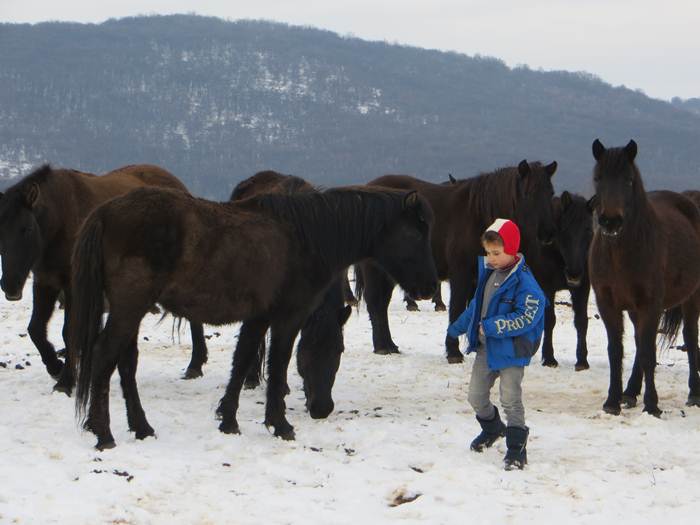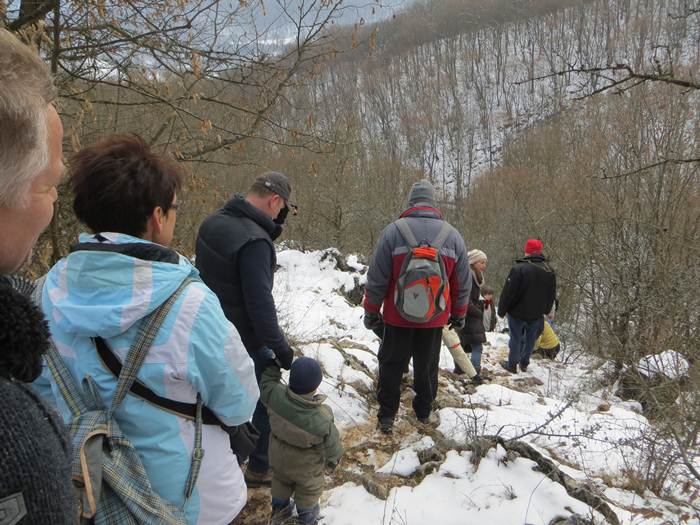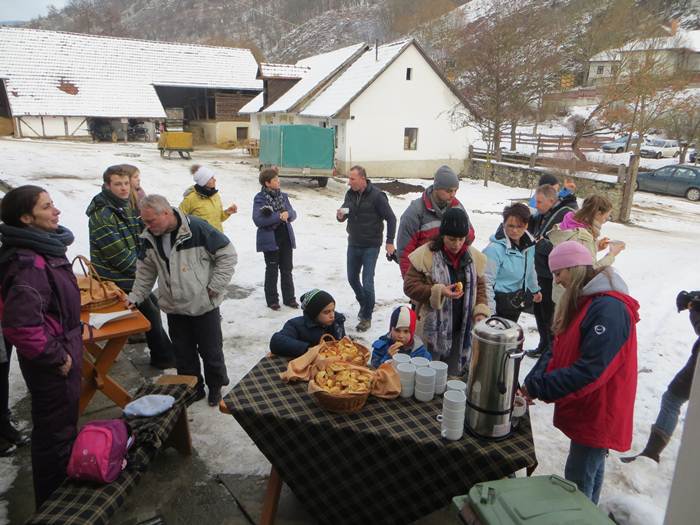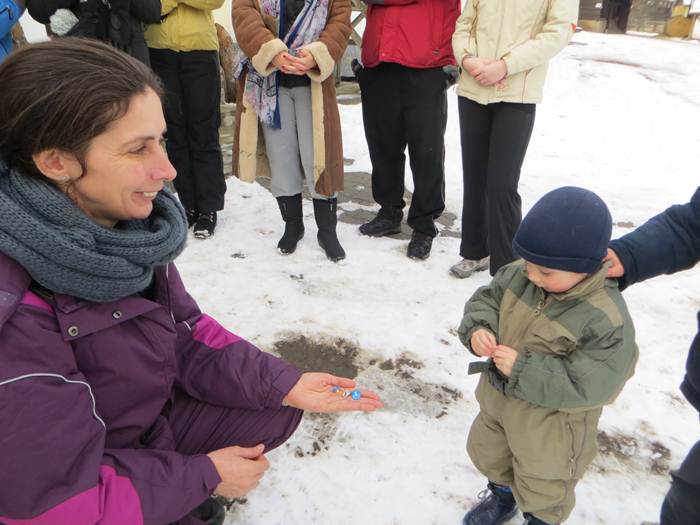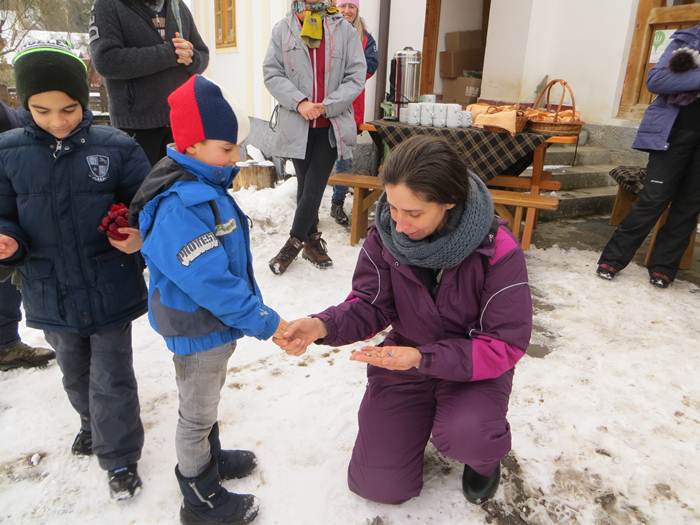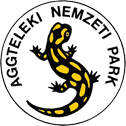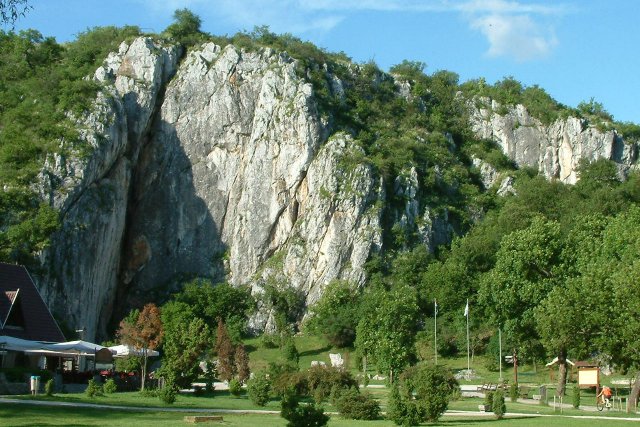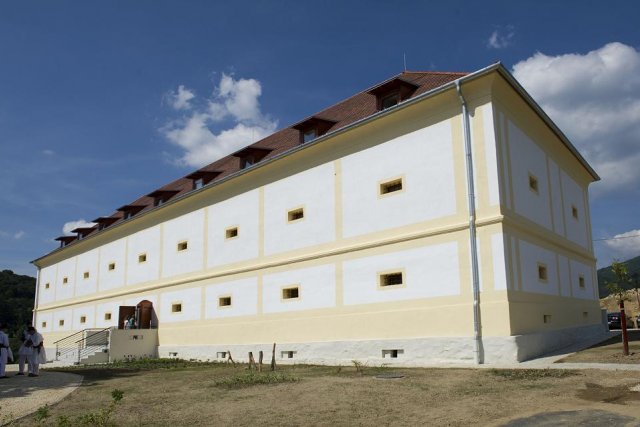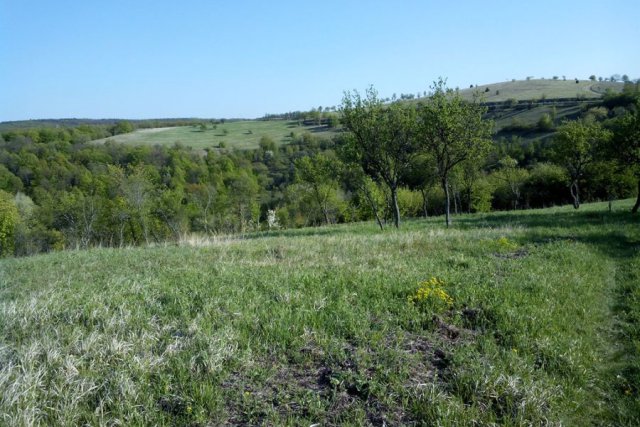Report on Aggtelek National Park’s Special Winter Tour Februrary 1, 2014: Springs and Wetlands
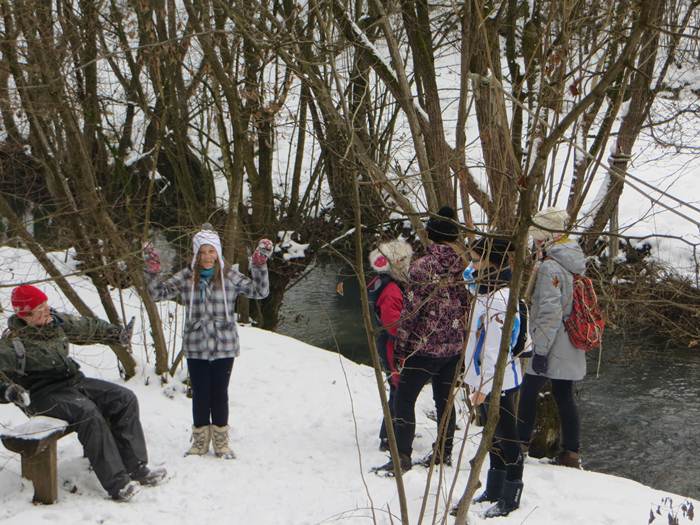
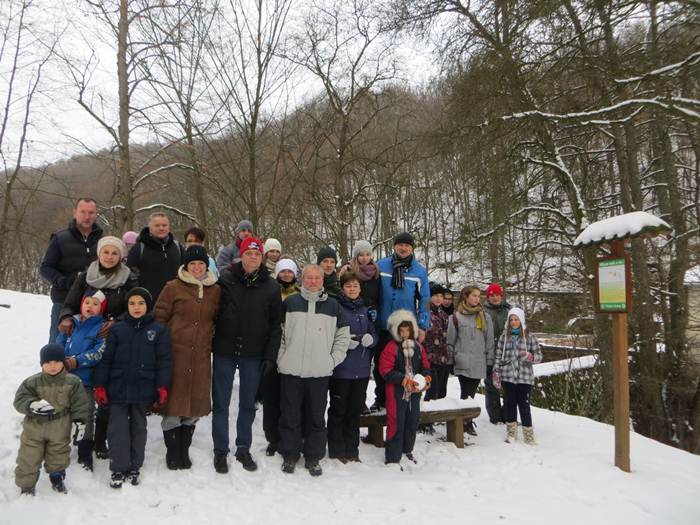 Even in winter, when all seems quiet and asleep, life still teems under the snow, in the bare arms of trees and in the frigid clear skies. A
Even in winter, when all seems quiet and asleep, life still teems under the snow, in the bare arms of trees and in the frigid clear skies. A .gif) fine perspective and peace of mind may be gleaned while experiencing the infinite power and beauty of nature. Such thoughts percolated in the minds of those families that took part February 1 in Aggtelek National Park’s first Special Winter Tour of the season. This particular tour focused on above-ground springs and World Wetlands Day (Ramsar).*
fine perspective and peace of mind may be gleaned while experiencing the infinite power and beauty of nature. Such thoughts percolated in the minds of those families that took part February 1 in Aggtelek National Park’s first Special Winter Tour of the season. This particular tour focused on above-ground springs and World Wetlands Day (Ramsar).*
The purpose of the tour was to familiarise people with the strictly protected surface springs and wetlands of the Aggtelek karst. Aggtelek National Park’s karst surface is marked and defined by the workings of underground waters and above-ground springs. The resulting subterranean steams are a constant 10˚C/50˚F, even when they reach the surface. As a result, these surface waters do not freeze. Four of these streams (Kecső, Jósva, Small and Big Tohonya) converge in the scenic village of Jósvafő. There is no experience more wonderful and vitalising than taking a walk through this unique karst winter landscape and snow-covered forest.
The 7km tour departed from the
Baradla Cave Jósvafő entrance. The first stop along the way was where the Jósva Spring spectacularly pours out of the lower Baradla Cave and empties into the Tengerszem (
glacial tarn lake). The water flows through locks, dams and channels designed by former Park Director
Hubert Kessler in the 1940s. At the far end of the Tengerszem it gathers itself into a mist enshrouded waterfall. Exiting the lake, it becomes a stream that flows sedately through the village of Jósvafő before continuing on. The powerhouse was once used to provide lighting and electricity to the Baradla Cave and the
Tengerszem Hotel, which is celebrating its 70
th anniversary this year.
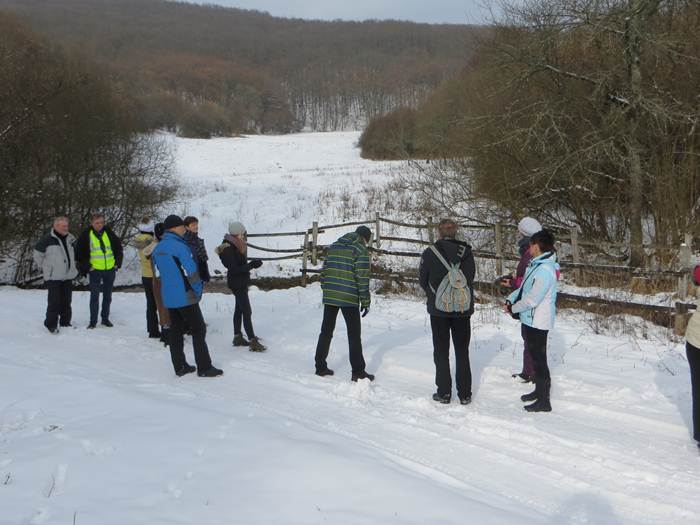
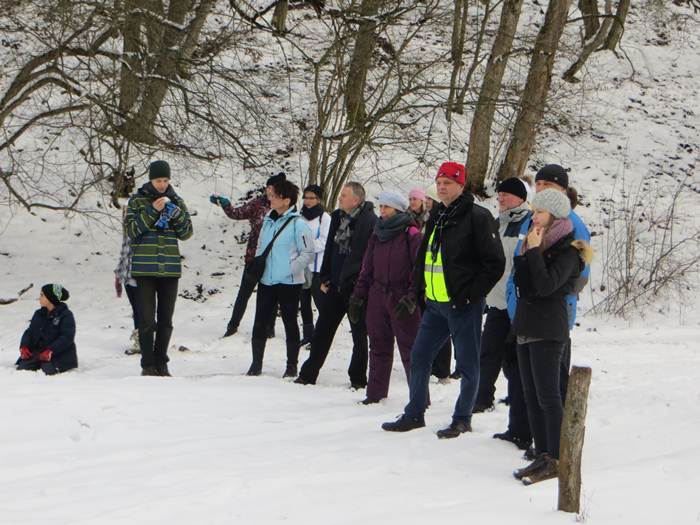
The second stop on the tour was the Komló Spring, which brings water to the surface from within the
Béke (Peace) Cave.
Professor László Jakucs discovered this strictly protected cave in 1952. It is considered one of the most richly stalactite-embellished caves in the country. Due to the high relative humidity and high calcium content of the vapour, the cave air is acknowledged as beneficial to those suffering from respiratory diseases.
Following the Jósva Stream, guided along mill flumes in this area, we joined the
Fürkész (Wasp) Nature Trail in Jósvafő. We successfully navigated the rope bridge suspended above the rushing waters and emerged on the other side dry boots to continue the journey.
In the old village square we passed the Calvinist church (1399) and free-standing Baroque-style bell tower (1851), local museum, Old Mill Inn, and the rural “Kisház” guesthouse, the oldest house (XIX. century) in Jósvafő. Strolling past the parsonage we arrived at the scenic confluence of the Jósva and Tohona Streams by the
Manor House Environmental Education Centre and
Hucul Horse** Riding Centre. Further on, we gazed at the Kecső and Tonoya Streams on our way out of the north end of the village and into the countryside.
A few hundred meters from the village is the
Kossuth Cave, discovered in 1956. This cave is the source of the Tohonya Stream. This spring is unique among the many other springs in the Aggtelek karst in that its water is actually warmer (14˚C/57˚F) in the winter. In 2009, after decades of exploration, researchers finally managed to pass through the so-called “Hopeless” Siphon and access the halls and passages beyond.
From there, we turned off to follow a section of the
Tohonya-Kuriszlán Nature Trail. This route followed the Tohonya Stream, remarkable for its variable flow, all the way to the Kis-Tohonya Spring. Along the way, we encountered deer, hares and hucul mares coming to slake their thirst.
The trail took us past the Kis-Tohonya Spring,where we met Krisztina Bak who has been working for decades measuring and researching the hydrology of the Aggtelek karst. She spoke with us about the Imre Vass Cave, the plateau and the Jósvafő Research Station. The
Imre Vass Cave was discovered in 1954 when unusually high flood waters erupted out of the far end of the valley. Speleologists uncovered the cave while searching for the source of the water.
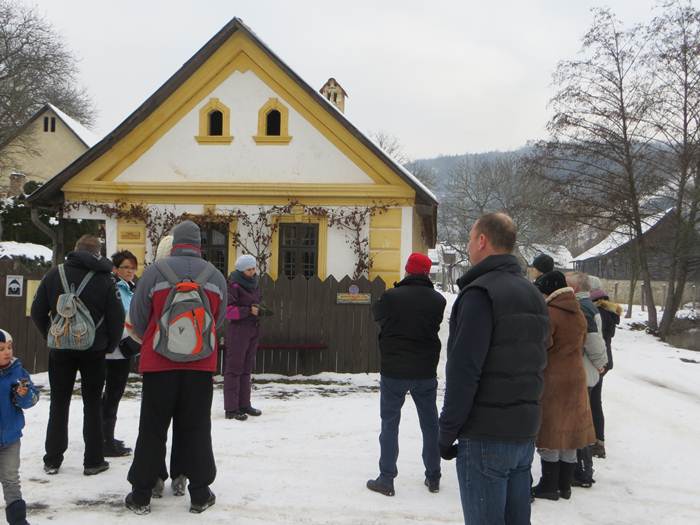
.jpg)
Leaving behind the Imre Vass Cave and crossing the Tohonya crags, the tour encountered its most exciting and rare discovery – fresh wolf tracks! The simultaneously humbled and thrilled tour participants began searching for more tracks. These highly protected large carnivores have been a hidden presence in Aggtelek National Park for quite some time. However, it is only with the onset of winter and snow that traces of the animals become more evident. European research programmes constantly monitor the movements of both wolves and lynx in the Park.
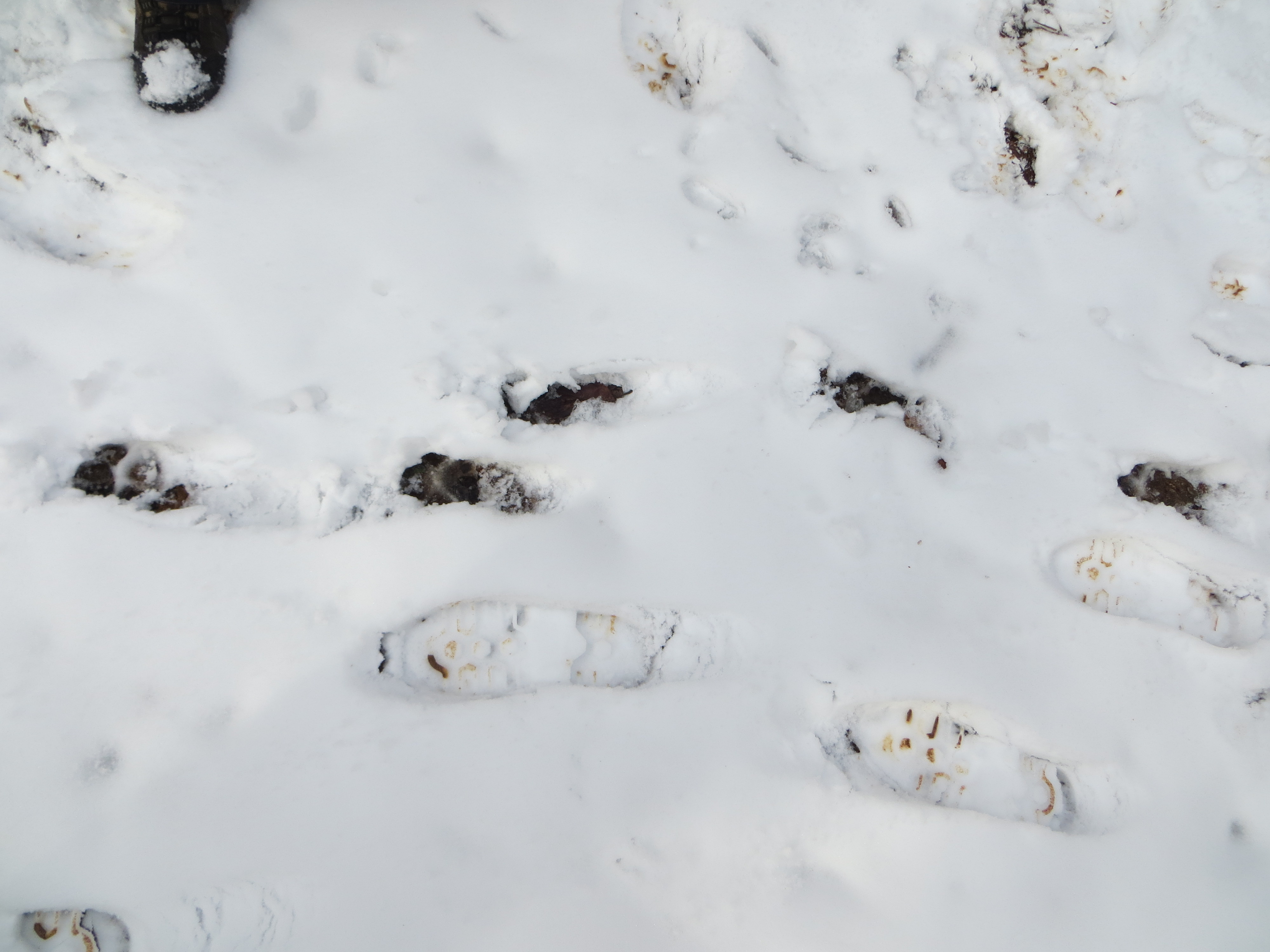
The avid participants then hiked up to the Tohonya-Kurisztlán Plateau to see the herd of hucul horses. Aggtelek National Park maintains Hungary’s only hucul stud farm and riding centre. The entire herd numbers more than 200, with the mares, geldings and fillies on the plateau and the stallions at another location in nearby Perkupa. These industrious, unpretentious and well-built Carpathian mountain horses are great for both agricultural work and for pleasure riding.
Descending along the so-called “horse track,” we came upon the Nagy-Tohonya Spring before returning full circle to the Manor House Environmental Centre. The enthusiastic participants were warmly greeted in the courtyard with hot tea and fresh, homemade
pogácsa (Hungarian scones or biscuits).
The 26 participants persisted through 7km of sometimes 10-15cm (4-6 inch) deep snow. The tour took 3 hours from start to finish. The three youngest participants aged 3 ½, 5 and 9 years old received badges with Aggtelek National Park’s fire salamander logo as gifts.
The Aggtelek karst terrain shows a unique side under winter conditions. While the trekking can be made more difficult, the benefits of undertaking such a journey away from the hustle and bustle are inestimable.
The Park is open every day. The next guided ecotourism tour will take place during the Ides of March. The Fragile Beauties Tour departs on March 15th. Perhaps the most beautiful of the old vineyards in Aggtelek National Park is located on the slopes of Almás-tető (Apple Hill) in the Teresztenye area. A unique biodiversity has developed at the foot of the mowed orchards.This natural gem in the karst region has become home to a variety of orchids and rare species of diurnal butterflies, as well as many species of songbird. Sit on the soft lawn, gaze at the butterflies gathering nectar, listen to the buzz of bees, and enjoy the relaxing vista of the meadows as far as the eye can see.
- written by Edit Domán, Ecotourism Officer, Aggtelek National Park
* Besides being a World Heritage site, Aggtelek National Park, its Baradla Cave system, and entire the catchment area have been a designated Ramsar Convention on Wetlands (1971) site since 2001. The Ramsar Convention is an intergovernmental treaty that commits its member countries to maintain the ecological character of their Wetlands of International Importance and to plan for the "wise use," or sustainable use, of all of the wetlands in their territories. This includes the protection and conservation of the wetlands themselves, as well as the flora and fauna that inhabit and utilise these areas - especially waterfowl.
** Genetically, huculs are the breed closest to those horses used by the tribes (Avars, Székelys, etc.) which inhabited the Carpathian Basin before the Hungarian Conquest in the 9th century.
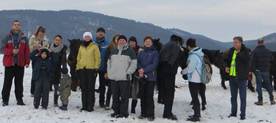

 Even in winter, when all seems quiet and asleep, life still teems under the snow, in the bare arms of trees and in the frigid clear skies. A
Even in winter, when all seems quiet and asleep, life still teems under the snow, in the bare arms of trees and in the frigid clear skies. A .gif) fine perspective and peace of mind may be gleaned while experiencing the infinite power and beauty of nature. Such thoughts percolated in the minds of those families that took part February 1 in Aggtelek National Park’s first Special Winter Tour of the season. This particular tour focused on above-ground springs and World Wetlands Day (Ramsar).*
fine perspective and peace of mind may be gleaned while experiencing the infinite power and beauty of nature. Such thoughts percolated in the minds of those families that took part February 1 in Aggtelek National Park’s first Special Winter Tour of the season. This particular tour focused on above-ground springs and World Wetlands Day (Ramsar).*

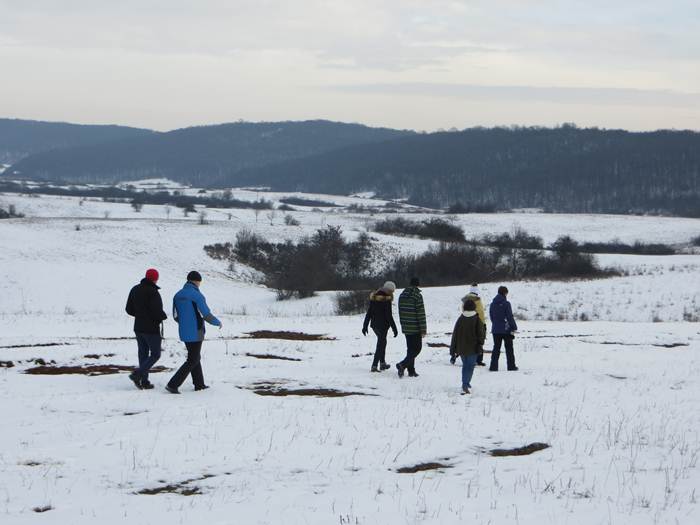

.jpg)



